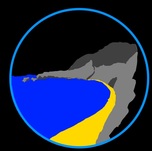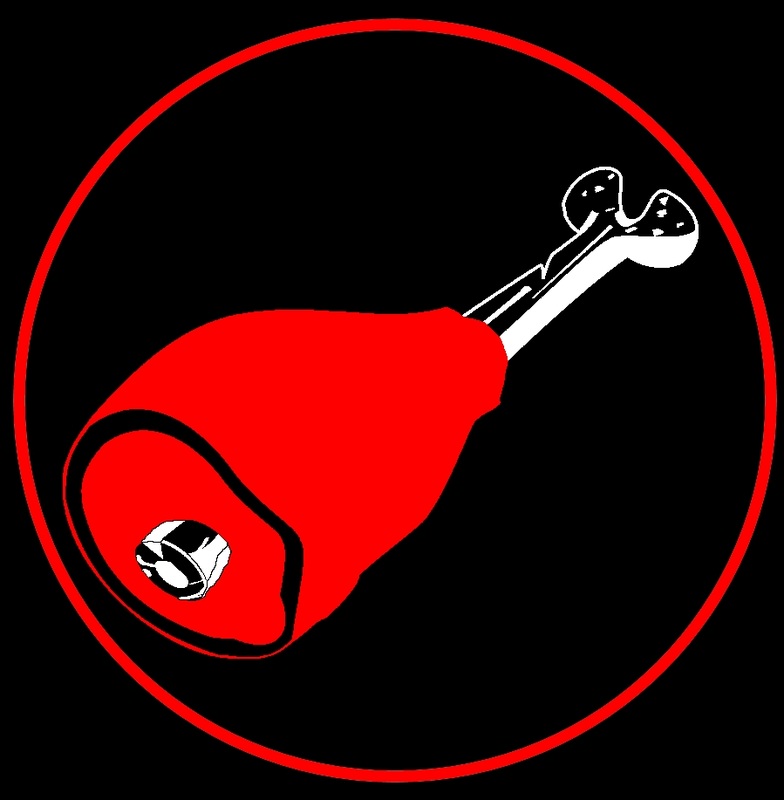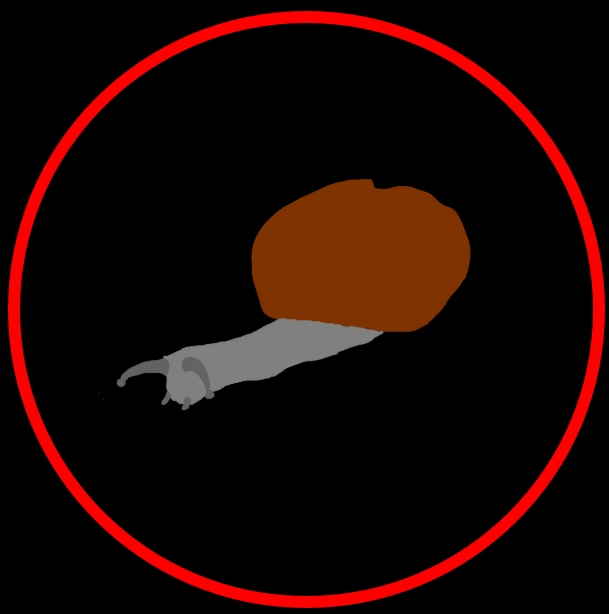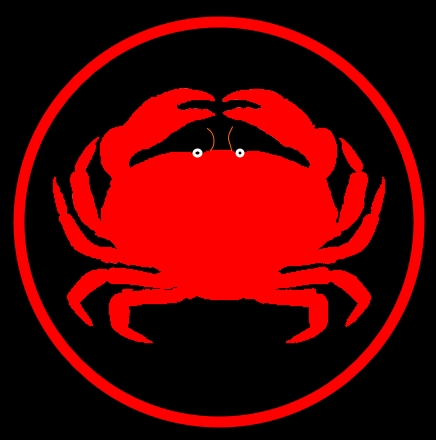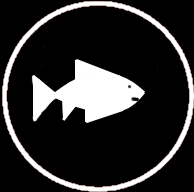Long-spine Porcupine Fish
Diodon holocanthus
Where is it found?
Marine
Diet and foraging method
Key adaptations
Their tooth plates are fused together to form a beak like mouth which they use to crush the hard shells of their prey. They are covered in long spines and can inflate their bodies by pumping it full of water to deter predators.
Social organisation and mating system
N/A
Did you know that...?
The ability to inflate themselves is an extremely effective anti-predator adaptation. As a large, spiny sphere, there are few predators large enough to swallow them.
Taxonomy
Picture credits:
Maps from: http://species.mol.org/species/
"Long-spine porcupinefish (Diodon holocanthus)" by Malene Thyssen (User Malene) - Self-photographed. Licensed under CC BY-SA 3.0 via Wikimedia Commons - https://commons.wikimedia.org/wiki/File:Long-spine_porcupinefish_(Diodon_holocanthus).jpg#/media/File:Long-spine_porcupinefish_(Diodon_holocanthus).jpg
"Diodon holocanthus". Licensed under Public Domain via Wikimedia Commons - https://commons.wikimedia.org/wiki/File:Diodon_holocanthus.jpg#/media/File:Diodon_holocanthus.jpg
"Long-spine porcupinefish (Diodon holocanthus)" by Malene Thyssen (User Malene) - Self-photographed. Licensed under CC BY-SA 3.0 via Wikimedia Commons - https://commons.wikimedia.org/wiki/File:Long-spine_porcupinefish_(Diodon_holocanthus).jpg#/media/File:Long-spine_porcupinefish_(Diodon_holocanthus).jpg
"Diodon holocanthus". Licensed under Public Domain via Wikimedia Commons - https://commons.wikimedia.org/wiki/File:Diodon_holocanthus.jpg#/media/File:Diodon_holocanthus.jpg

